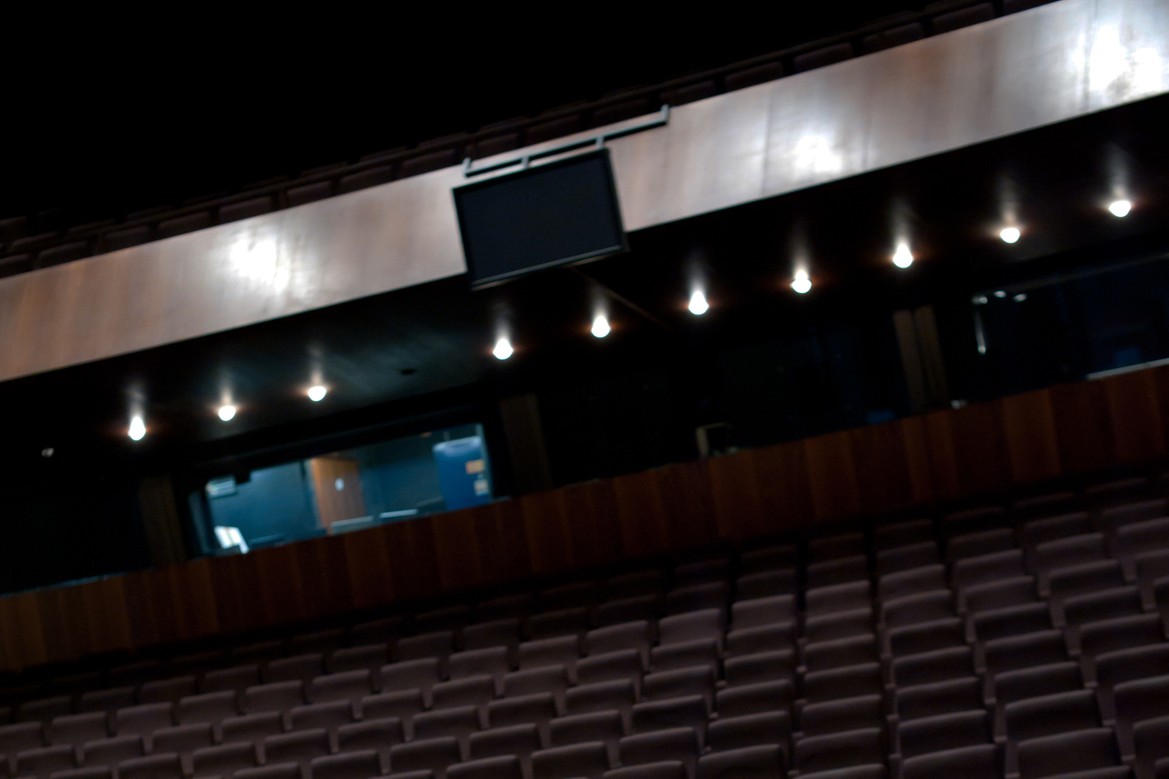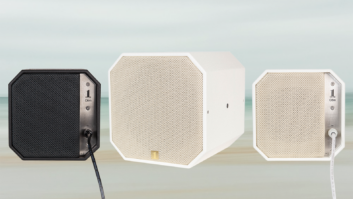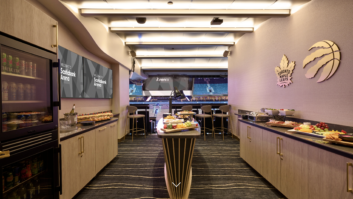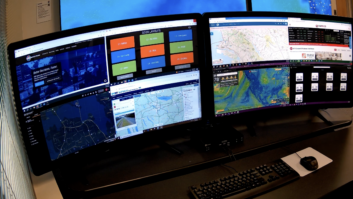
In this integrated audio world, the notion of standalone systems capable of handling one primary function is increasingly the subject of scrutiny. For reasons of flexibility and cost-efficiency, multipurpose solutions that can deliver sophisticated processing, paging and voice evacuation across different zones are increasingly de rigueur.
For small installations that require only basic intercom and paging functionality, the likelihood is that the more complex systems will remain off-limits for some time to come on grounds of price if nothing else. But in medium to large sites whose usage patterns are likely to evolve significantly over time, the powerful spec of broadly based media systems is already proving highly attractive.
From Riedel’s Artist digital matrix system (pictured is the Theatre Ulm in Germany, which uses an Artist 32 system with up to 1,024 x 1,024 ports) to Biamp’s Vocia DSP platform, the number of all-encompassing media solutions continues to grow. So, what are the primary advantages of an all-encompassing media system?
System design is an intrinsically personal affair, and for various reasons – not least of simplicity and end-user expertise level – some consultants will probably always prefer a ‘separates’ philosophy. As Riedel product manager Christian Diehl remarks: “Every engineer will have their own set of preferences for how and what to combine on a given infrastructure.”
Regulatory and standards issues can also help determine the use of separate systems (more of which anon). But for those who feel comfortable deploying them, combined solutions can first and foremost help negate potentially tricky issues of interoperability.
Barix product manager David Gostick points to a common example. “Interoperability is key – for example, when making an important in-store announcement, it is critical that the in-store radio is automatically muted. It makes no sense for the user to have two distinct systems in such a case,” he says.
Biamp Systems’ EVP of marketing, Graeme Harrison (pictured), echoes the sentiment about simplified systems – “no unnecessary duplication of speakers, amplifiers and other devices, and installation… saving you both time and money. Efficiency [and specifically] the ability of remote systems to share processing resources over the network is a key advantage of networked media systems. You get greater performance with less equipment, with the ability to control all applications from one location.”







